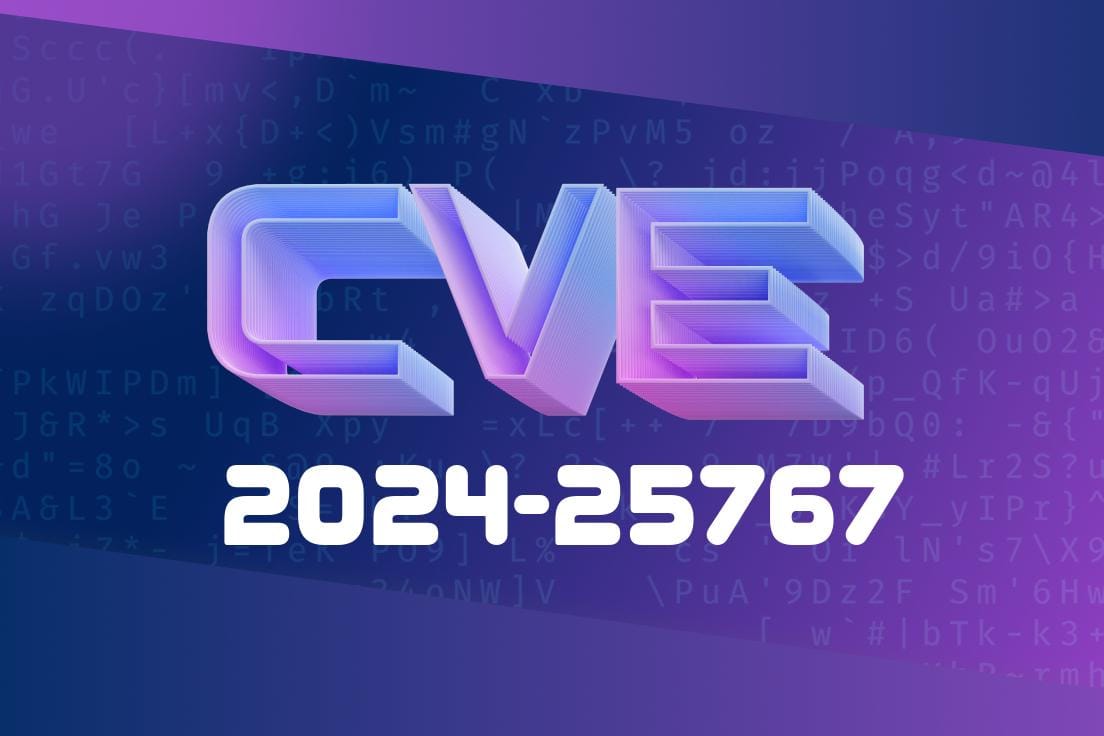A recently discovered vulnerability in NanoMQ .21.2, identified as CVE-2024-25767, poses a significant risk to users of the popular messaging broker software. In this article, we will delve into the details of the vulnerability, its exploit, and possible mitigation techniques, all while providing relevant code snippets and reference materials.
Background
NanoMQ is an open-source high-performance messaging broker written in C, designed for IoT edge computing. It enables distributed communication among various systems, devices, and services. The specific affected version, .21.2, contains a use-after-free vulnerability in the socket handling of the core library.
Vulnerability Details
The vulnerability has been identified in the source code of NanoMQ, specifically in the /nanomq/nng/src/core/socket.c file, which handles socket operations. A use-after-free vulnerability occurs when a program continues to use an object's memory location after it has already been freed, potentially leading to unexpected behavior, crashes, or even code execution.
Here is the particular vulnerable code snippet in the source file
int nni_sock_shutdown(nni_sock *s) {
nni_mtx_lock(&s->mtx);
if (s->closed) {
nni_mtx_unlock(&s->mtx);
return (NNG_ECLOSED);
}
s->closed = true;
nni_mtx_unlock(&s->mtx);
// The issue starts here. The socket's endpoint list is traversed to
// close and remove the endpoints and other resources.
for (nni_list_node *node = nni_list_first(&s->ep_list); node != NULL;
node = nni_list_next(&s->ep_list, node)) {
nni_ep * ep = nni_list_node_data(node);
nni_dialer *d = nni_ep_get_dialer(ep);
nni_listener *l = nni_ep_get_listener(ep);
...
nni_dialer_close(d);
nni_listener_close(l);
nni_ep_close(ep); // The vulnerability occurs here.
}
This issue occurs when the socket implementation iterates through the endpoint list and frees associated resources, specifically endpoints nni_ep_close(ep). The loop does not account for the chance that one of these nodes might have been freed as a result of another endpoint closure or similar event.
Exploit Details
An attacker can potentially exploit this use-after-free vulnerability by either causing the program to crash or execute arbitrary code. In some cases, attackers could leverage this flaw to gain unauthorized access to the system and its resources, subsequently compromising its integrity and confidentiality.
Mitigation Techniques
To mitigate this use-after-free vulnerability, European manufacturers and developers need to update their systems to a patched version of the NanoMQ library as soon as possible. NanoMQ developers should release a patched version resolving this issue to ensure the safety and security of their software. Meanwhile, users are advised to monitor their application's behavior and restrict the usage of untrusted sources communicating with the affected software.
The following links provide further information on CVE-2024-25767
1. Official NanoMQ GitHub Repository: https://github.com/nanomq/nanomq
2. National Vulnerability Database (NVD): https://nvd.nist.gov/vuln/detail/CVE-2024-25767
Conclusion
CVE-2024-25767 is a use-after-free vulnerability present in the NanoMQ .21.2 library, specifically in the socket.c source file. Users, developers, and manufacturers relying on this software should be aware of this issue and take the necessary steps to mitigate its potential impact. Applying patches and monitoring applications for unexpected behavior are critical measures to avoid any exploitation attempts effectively.
Timeline
Published on: 02/26/2024 17:15:10 UTC
Last modified on: 02/26/2024 22:10:40 UTC
